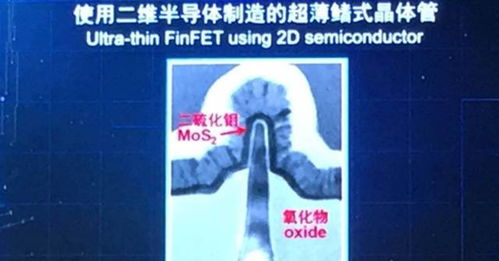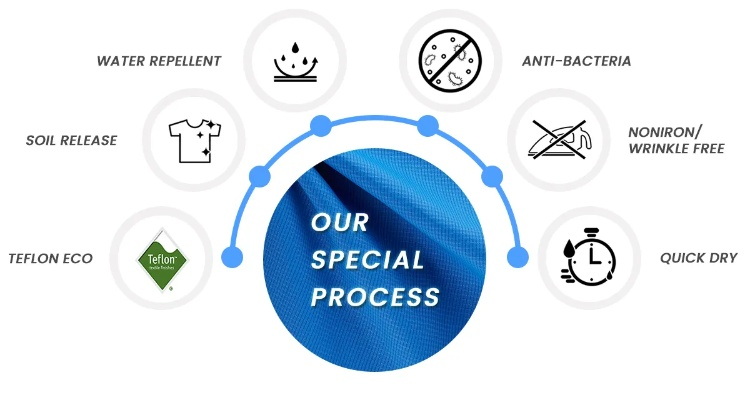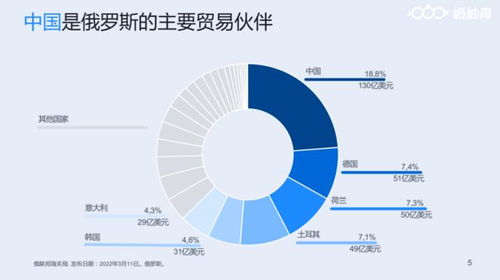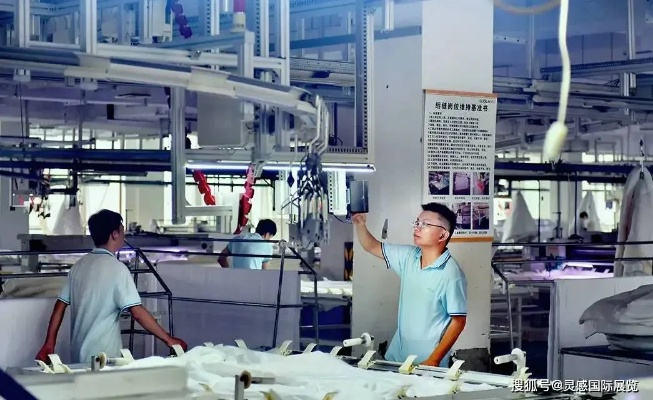Calculating Density in Textiles:A Guide for Industry Professionals
"Calculating Density in Textiles: A Guide for Industry Professionals" is a comprehensive guide that aims to assist textile industry professionals in accurately calculating the density of their products. The guide covers various methods of measuring and calculating density, including weight per unit area, volumetric measurements, and specific gravity calculations. It also provides practical examples and case studies to demonstrate how these techniques can be applied in real-world scenarios. Additionally, the guide includes tips on how to interpret and interpret the results of density measurements, as well as how to use them to improve the quality and performance of textile products. Overall, this guide is a valuable resource for anyone working in the textile industry who needs to calculate and measure density accurately.
I. Introduction to Density in Textiles
Density, a measure of the amount of matter per unit volume, is crucial in textile industry as it directly impacts the quality and performance of fabrics. In this context, density refers to the weight or mass per unit area of a material. It's often measured in units like pounds per square yard (lb/yd²) or grams per square meter (g/m²). The higher the density, the stronger the fabric and the more durable it will be.
II. Factors Affecting Density in Textiles
The density of a textile can be influenced by several factors including:

A. Fiber Type: Different fibers have different densities. For example, cotton has a lower density than polyester.
B. Weave Pattern: The pattern of threads in a fabric determines its density. A denser weave pattern will result in a higher density.
C. Yarn Count: The number of yarns per inch (or yard) also affects the density. A higher yarn count generally results in a denser fabric.
D. Fabric Construction: The type of construction, such as knitting, piling, or crocheting, also influences density.
E. Moisture Content: Moisture content can affect the density of a fabric. High moisture content can cause the fabric to become softer and less dense.
III. Methods for Calculating Density
There are several methods used to calculate the density of textiles, each with their own advantages and disadvantages. Here are some commonly used techniques:
A. Weight Per Area Method: This method involves weighing a known area of fabric and then dividing the weight by the area to calculate the density. This method is straightforward but requires accurate measurement of both the weight and area.
B. Mass Per Unit Area Method: This method involves measuring the mass of a known area of fabric and then dividing the mass by the area to calculate the density. This method is faster and easier to use but requires precise measurement of both the mass and area.
C. Volume Per Unit Area Method: This method involves measuring the volume of a known area of fabric and then dividing the volume by the area to calculate the density. This method is more accurate but requires complex equipment and calculations.
IV. Application of Density in Textile Industry
The application of density in the textile industry is vast and includes everything from garment manufacturing to carpet production. Here are some examples:
A. Garment Manufacturing: Density is critical in determining the weight and durability of garments. For example, a high-density fabric will provide better resistance to wear and tear compared to a low-density fabric.
B. Carpet Production: Density is essential in determining the thickness and quality of carpet fibers. High-density carpets are usually more durable and comfortable than low-density carpets.
C. Fabric Decoration: Density is important in determining the weight and appearance of decorative fabrics. For example, a high-density fabric will create a more substantial and visually appealing design.
V. Challenges in Calculating Density in Textiles
Despite its importance, calculating density in textiles presents several challenges that must be addressed:
A. Accurate Measurement: The most significant challenge is ensuring accurate measurement of the weight, area, and volume of the fabric being tested. Errors in measurement can lead to incorrect calculations and misleading results.
B. Variation in Material Properties: Different types of fabrics have varying densities due to differences in fiber composition, weave pattern, and other factors. This variability makes it challenging to standardize measurements across different products.
C. Environmental Impact: The environmental impact of textiles cannot be overlooked. The process of calculating density may involve the use of chemicals or energy, which could contribute to environmental degradation.

VI. Conclusion
In conclusion, calculating density in textiles is an essential aspect of the industry as it directly affects the quality, performance, and sustainability of fabrics. By understanding the various factors that influence density and using the correct methods for calculation, textile professionals can ensure accurate measurements and make informed decisions about product development and production. As technology advances, new tools and techniques will continue to emerge, further enhancing our ability to accurately measure and interpret textile density.
纺织品的密度计算概述
大家好,今天我们来探讨一下纺织品的密度计算,密度是衡量纺织品质量的一个重要指标,它反映了纺织材料的松紧程度和厚度,在纺织行业中,了解如何准确计算纺织品的密度对于生产、质量控制和贸易等方面都至关重要。
密度计算方法及表格说明
以下是密度计算的基本方法和表格说明:
密度计算公式
密度计算公式为:密度(ρ) = 重量(W)/ 体积(V),重量(W)可以通过测量纺织品的质量得出,体积(V)可以通过测量纺织品的长、宽、高来计算。
案例分析
为了更好地理解密度计算,我们可以结合一些具体的案例进行分析,假设我们有一批棉布,其密度可以通过以下表格进行计算:
密度计算表格:
| 材料名称 | 长度(cm) | 宽度(cm) | 厚度(cm) | 重量(克/米³) | 计算密度(%) |
|---|---|---|---|---|---|
| 棉布示例 | X | Y | Z | W_棉布 | 根据公式计算结果 |
在这个案例中,我们可以通过测量棉布的长度、宽度和厚度来计算出其密度,我们还可以根据不同材料的密度范围进行参考,以便更好地了解不同材料的密度特性。
实践应用与注意事项
在实践应用中,我们需要注意以下几点:
- 选择合适的测量工具:在进行密度计算时,我们需要选择合适的测量工具,以确保测量结果的准确性。
- 注意测量环境:在测量纺织品时,我们需要确保测量环境干燥、无尘,以避免测量误差的产生。
- 注意材料特性:不同材料的密度特性不同,我们在进行密度计算时需要根据材料的特性进行适当的调整。
提高纺织品密度计算的技巧与建议
为了提高纺织品密度计算的技巧和效率,我们可以采取以下措施:
- 加强培训:加强对纺织品密度计算的培训和学习,提高相关人员的技能水平。
- 使用专业软件:使用专业的纺织品密度计算软件,提高计算效率和准确性。
- 定期检查与维护:定期对纺织品进行质量检查和维护,确保其质量符合要求。
总结与展望
纺织品的密度计算是纺织行业中的重要环节,它直接关系到纺织品的生产、质量控制和贸易等方面,通过本文的介绍,我们了解了纺织品的密度计算方法、案例分析以及实践应用与注意事项,我们也提出了提高纺织品密度计算的技巧与建议,随着纺织行业的不断发展,我们相信纺织品的密度计算将会越来越受到重视。
Articles related to the knowledge points of this article:
Exploring the Wonderland of Disney Home Textiles
Stylish and Versatile Customized Textile Apron Designs for Every Occasion
The Impact of Material Innovation on the Winter Fashion Industry



